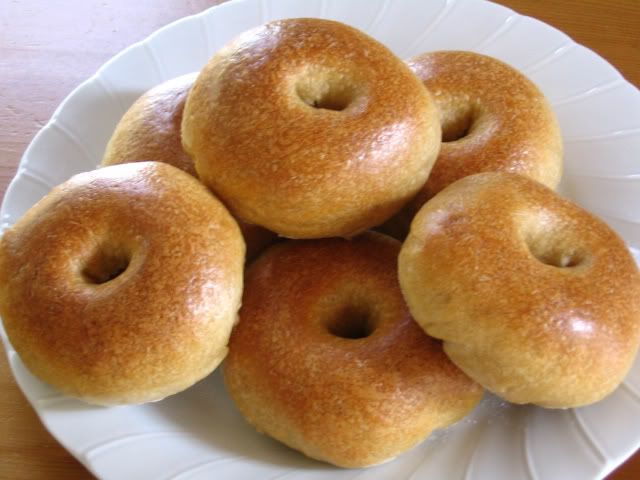Why did I stray so long? Shiao-Ping's 'House Miche' Revisited
I have a must-try list of sourdough breads and other goodies that I'm constantly working my way through, yet the list never seems to get any shorter. Trouble is, you guys on TFL keep posting irresistible pics, and the recipes go straight on to my list (and waistline). O the trials of the home artisan bread baker! And of course, we wouldn't have it any other way...
- Log in or register to post comments
- 8 comments
- View post
- rossnroller's Blog
